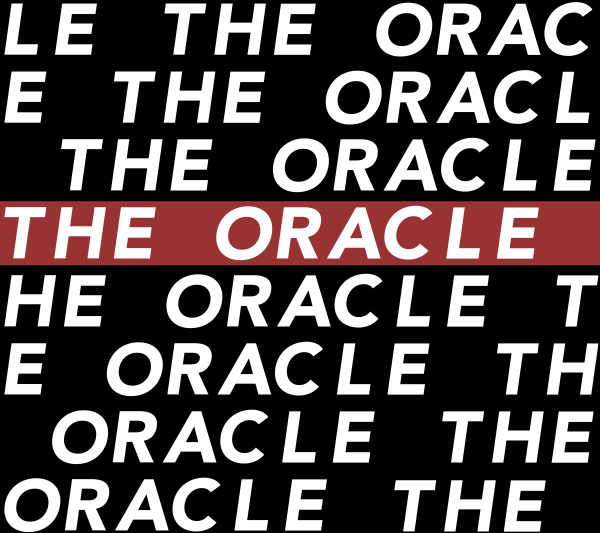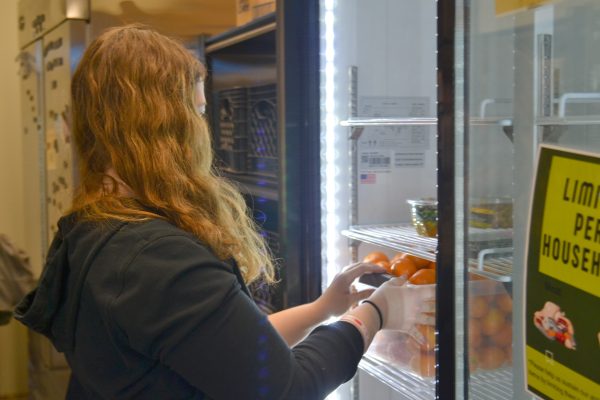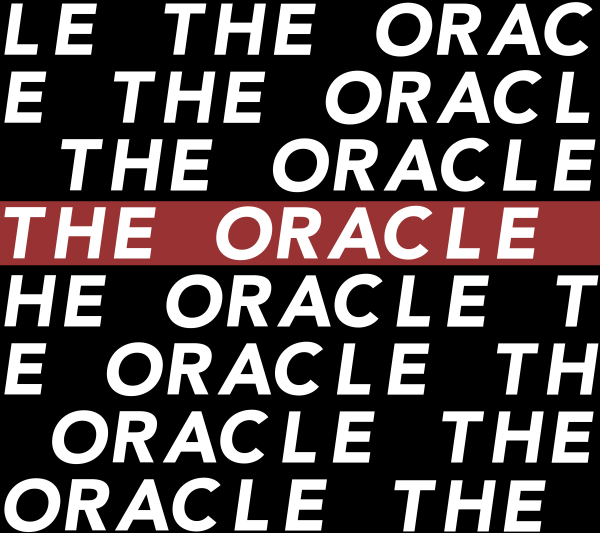Dashboard concerns
The COVID-19 dashboard is once again a topic of debate amounting to a much larger issue surrounding lack of communication.
October 8, 2021
COVID-19 impacts another semester at Hamline with changes being made in regards to policy and safety. One aspect that remains in place is the COVID-19 dashboard.
The dashboard was implemented August 8, 2020 to keep the Hamline community updated on the pandemic’s status on campus. The dashboard’s accuracy has been a topic of debate since its origin.
The dashboard is updated every Tuesday and Thursday by 5 p.m. reflecting cases reported to the university by students, faculty and staff.
One of the largest topics surrounding the dashboard is its accuracy. Senior Summer Carleton finds the dashboard system to miss its mark.
“ I think the dashboard is cool in theory, and it has been helpful to some degree, but ultimately it feels kind of… lackluster,” Carleton wrote via email. “I check it at least once a week just so I know what’s going on. The [information] almost never makes mathematical sense….As best as Hamline can try to push students to report their [COVID-19] status, there’s bound to be a handful of people who just don’t bother, either because they don’t know how, don’t have the time or energy… or simply don’t care…Things like the dashboard and shift plan have started to feel just like a legal safety-net to avoid responsibility than Hamline actually trying to keep its campus safe and informed.”
The accuracy of numbers reported has been a topic of discussion for many institutions with these sorts of information boards.
“[The numbers] accurately reflect what is reported to us,” COVID-19 coordinator Melinda Heikkinen wrote in an email in response to this topic.
Another concern is what the dashboard is there for and whether the Hamline community understands how to comprehend the information.
“I’m struggling with the information-sharing and the communication. I feel like, theoretically, everybody knows the dashboard exists and that it can be checked. In reality, though, I don’t know that they really do [check] or know what it really is for or how often they should be checking it, or how often it gets updated,” said Jen England, Assistant Professor in the English Department. “Also, what is it really used for? I think there’s a, like a disconnect. Is this a behind the scenes kind of management thing or is this a tool to deliver information? I think there’s just a tension. If a student looks at it, are they going to know what to take away from it?”
One of the largest COVID-19 related changes since last academic year, was the vaccine mandate. However, the dashboard itself has not faced any specific changes since last year.
“The Delta variant has changed the game a bit but the dashboard reflects what has been reported to us,” Heikkinen wrote in an email. “For the safety of the community it is really important for everyone to complete the appropriate reporting form. That way we can ensure we are reporting accurate information, conduct the necessary contact tracing and get people set up for testing.”
The concerns about the dashboard reflect one of the larger issues surrounding Hamline and the COVID-19 situation: the community is frustrated by the lack of transparency and communication.
Junior Ellis Weston does not check the dashboard herself since she hears enough from those around her. Compared to last year, she feels a shift in Hamline’s handling of the situation.
“I feel uninformed about what they’re doing, I feel like last year there were a lot more open with what they were doing, but they could be more authentic.”
This is an opinion echoed by members of the Hamline community in every capacity. England, who has studied and taught communication in depth, wishes things were being handled differently.
“I say this recognizing how difficult all this is, how understaffed everyone is, how constantly evolving the entire situation is, so I think we’ve been incredibly flexible and adaptable… [But] we have to up that communication game, it’s not working right now,” England said. “I think people feel like they’re left in the dark a lot, or they’re getting mixed messages or we don’t know who’s getting what information. I’m not saying it has to be just as like, a dramatic increase in giving information… but something that we can consistently expect and is delivered to everybody… it’s just more consistency and more clarity and communication I think will go a really long way for everybody.”
According to the dashboard, there have been 21 cases of COVID-19 on campus since the beginning of this academic year. These are for students alone, as no staff or faculty have reported any COVID-19 cases. At the time of publishing this article, Hamline was experiencing two reported current cases.
The dashboard can be visited it: https://www.hamline.edu/covid-19/dashboard/






